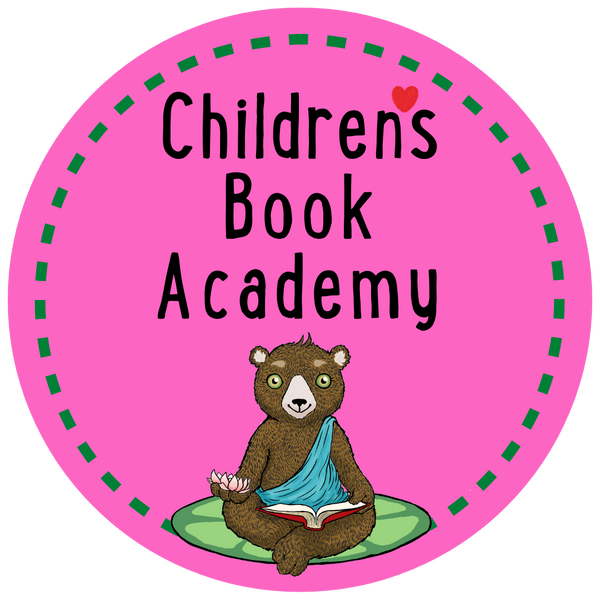There is a lot of confusion about who is an Arab American author and/or illustrator these days.
While there is a demand for diverse books from the Middle East and North Africa (MENA) that specifically focus on the Arab culture, food, and people, the supply of books that are available is very small.
It does not help when libraries create lists of Arab authors/illustrators and include authors who are not Arab or Arab American. For example, the Millkin Library in Decatur, Illinois, has a list of “Children's Literature: Arab/Arab-American” however the very first book listed has neither an Arab or Arab American author nor illustrator. Also if one looks on the list further, one notices that the Arab and Arab American authors/illustrators on the list are fewer than those who are not. This is a very common problem as my own library organization, King County Library System, in Seattle, Washington, also has an Arab American list for "Celebrating Arab American Heritage Month", held in April, that includes authors/illustrators who are not Arab or Arab American.
This makes it hard for parents and teachers who want to share about Arab culture to know what books are available. It also does not help when non Arab authors portray the Arab culture in such a negative light. For example, in the picture book Silent Music, the protagonist, an Iraqi boy, finds it easier to write the word for war than for peace. And in the book The Day Saida Arrived, the Arabic word for Saida is written in the book incorrectly. And finally, in the book A Boy Asked the Wind the entire Middle East is depicted as one war zone.
While there is a demand for diverse books from the Middle East and North Africa (MENA) that specifically focus on the Arab culture, food, and people, the supply of books that are available is very small.
It does not help when libraries create lists of Arab authors/illustrators and include authors who are not Arab or Arab American. For example, the Millkin Library in Decatur, Illinois, has a list of “Children's Literature: Arab/Arab-American” however the very first book listed has neither an Arab or Arab American author nor illustrator. Also if one looks on the list further, one notices that the Arab and Arab American authors/illustrators on the list are fewer than those who are not. This is a very common problem as my own library organization, King County Library System, in Seattle, Washington, also has an Arab American list for "Celebrating Arab American Heritage Month", held in April, that includes authors/illustrators who are not Arab or Arab American.
This makes it hard for parents and teachers who want to share about Arab culture to know what books are available. It also does not help when non Arab authors portray the Arab culture in such a negative light. For example, in the picture book Silent Music, the protagonist, an Iraqi boy, finds it easier to write the word for war than for peace. And in the book The Day Saida Arrived, the Arabic word for Saida is written in the book incorrectly. And finally, in the book A Boy Asked the Wind the entire Middle East is depicted as one war zone.
To be a part of the Arab culture, the author/illustrator could be Muslim, however there are millions of Arabs who are Christian or Jewish, and millions more who are not religious at all. Further, an author/illustrator who is Muslim, isn't necessarily Arab since there are many Muslims who are not Arab. The author/illustrator must originate from the 22 countries that are in the Middle East and North Africa (MENA) region, regardless of their religion.
These countries are Algeria, Bahrain, the Comoros Islands, Djibouti, Egypt, Iraq, Jordan, Kuwait, Lebanon, Libya, Morocco, Mauritania, Oman, Palestine, Qatar, Saudi Arabia, Somalia, North Sudan, Syria, Tunisia, the United Arab Emirates, and Yemen. All of them, with the exception of Syria, also belong to the Arab League.
These countries are Algeria, Bahrain, the Comoros Islands, Djibouti, Egypt, Iraq, Jordan, Kuwait, Lebanon, Libya, Morocco, Mauritania, Oman, Palestine, Qatar, Saudi Arabia, Somalia, North Sudan, Syria, Tunisia, the United Arab Emirates, and Yemen. All of them, with the exception of Syria, also belong to the Arab League.
The other two factors that determine if someone is an Arab is geologically their ancestry is linked to the Arabian Peninsula and they may speak a Semitic language.
I have a post on my blog, A Crafty Arab, that lists books not written by Arabs and also include a list of books that are written by Arabs.
Please ask your librarians to stock more Arab children's books that are historically accurate, are not full of stereotypes, depict the Arabic language in the correct way, and also encourages monetary resources to go directly to authors/illustrators who are telling their authentic stories.
I have a post on my blog, A Crafty Arab, that lists books not written by Arabs and also include a list of books that are written by Arabs.
Please ask your librarians to stock more Arab children's books that are historically accurate, are not full of stereotypes, depict the Arabic language in the correct way, and also encourages monetary resources to go directly to authors/illustrators who are telling their authentic stories.







